
Map of Ghana
Tools for Schools Africa Fdn. is based in Red Deer, Alberta, and the organization is supported through contributions mainly from the Central Alberta region. In Ghana the Tools for Schools Africa Society is based in Accra and operates in Damongo (also spelled Damango or Domongo) Northern Region, Ghana. Our history in the Damongo area goes back to 1967-1969 when Marilyn Pottage lived there with her family. Her father, Allen Moore, worked at the Damongo Agricultural Institute. During those years Marilyn volunteered at the West Gonja Regional Hospital. We have been actively involved in the Damongo community since 2005.
The Northern Region is a 70,000 square km. area of grassland that is the largest of Ghana's ten regions. It is much drier than southern Ghana because of its proximity to the Sahara dessert, especially from November to April when there is no rain. Temperatures most commonly range from 28 to 40 degrees centigrade.
There is a large divergence in both economic and educational opportunity between the north and the south. Ratings of literacy within the country are examples of these differences. While the 2010 census lists the rate of female literacy for the country as a whole at 65.3%, the literacy rate for women in the Northern Region is less than 20%, likely significantly less.
One of the main focuses of TFS-Africa is helping to improve access to education for promising girls. Because the government assigns students to any high school within the Northern Region, girls from many communities throughout the Northern Region are represented within every school population and within the group of girls we support. Our scholarship girls come from many different villages and represent almost all of the twenty administrative districts in the Northern Region.
Damongo is located in the West Gonja District, and is about 120 kms. southwest of the Northern Region capital, Tamale. To find out more about the West Gonja Administrative district, visit the Government of Ghana website.
Although we have been asked many times to help in other locations, it is our feeling that we do the best work by staying in one community over time. The Damongo community knows us and we know so many individuals and families in the area. We can make better decisions when we have a greater understanding of families, the community, traditions and the ongoing problems. It is not an understanding that can be developed in a few years, but over time. As well, it would be hard to find people as committed to girls education as our mentors in Damongo.
Below are pictures from the Damongo area.
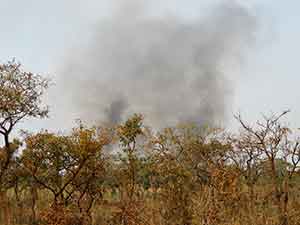 Burning off Grass
Burning off Grass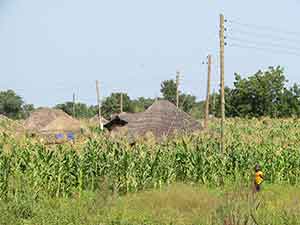 Crop in Rainy Season
Crop in Rainy Season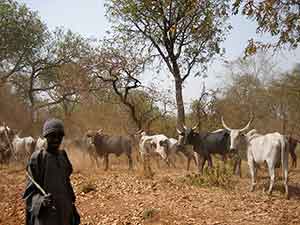 Fulani boy
Fulani boy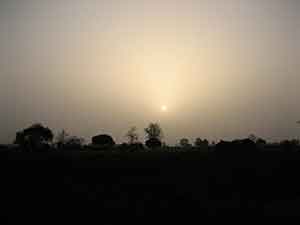 Harmattan season
Harmattan season Maize crop
Maize crop Puff Adder stew
Puff Adder stew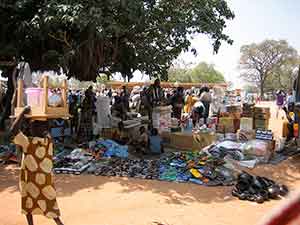 Saturday Market
Saturday Market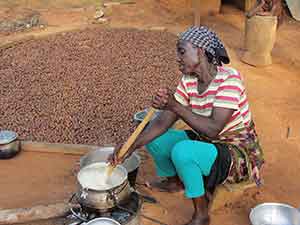 Shea Nuts and TZ
Shea Nuts and TZ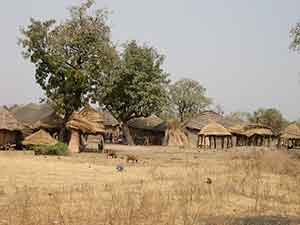 Village in dry season
Village in dry season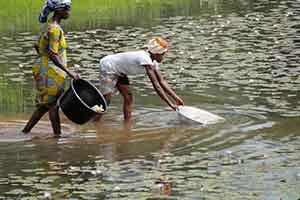 Fetching Water
Fetching Water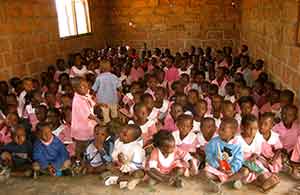 Crowded Classroom
Crowded Classroom